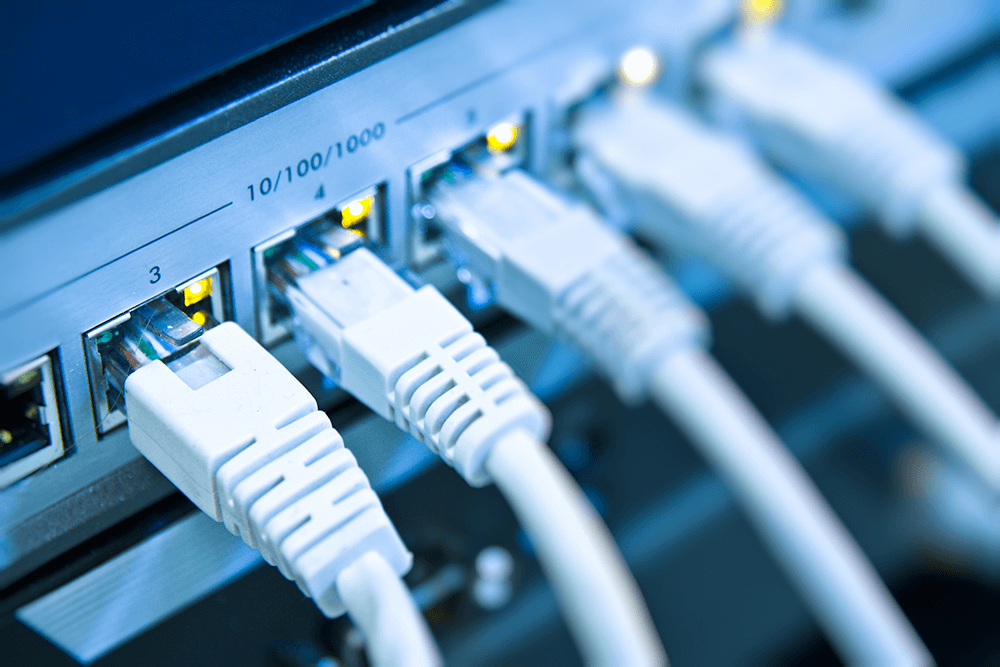
Introduction
In today’s digital age, understanding how to configure and manage networks is a critical skill for IT professionals and tech enthusiasts alike. A network configuration course provides the foundational knowledge and hands-on experience needed to set up, manage, and troubleshoot networks effectively. For instance, a beginner who enrolled in a network configuration course was able to configure a small office network within weeks, saving their company time and money. Whether you’re a complete novice or looking to enhance your skills, this type of course is an excellent starting point for anyone interested in networking.
If you’re searching for a network course for beginners, a network configuration course is the perfect way to build your expertise and gain practical skills.
Key Takeaways
- A network configuration course teaches the fundamentals of setting up and managing networks.
- Beginners can learn to configure routers, switches, and firewalls.
- Hands-on training helps students troubleshoot real-world network issues.
- Courses often include topics like IP addressing, subnetting, and network security.
- Completing a course can open doors to IT certifications and career opportunities.
Why Learn Network Configuration?
The Growing Demand for Networking Skills
With the rise of cloud computing, IoT devices, and remote work, the demand for skilled network professionals has skyrocketed. Companies need individuals who can:
- Set up secure and efficient networks.
- Troubleshoot connectivity issues.
- Optimize network performance for business operations.
Benefits of a Network Configuration Course
A network configuration course equips you with the skills to:
- Understand the basics of networking hardware and software.
- Configure and manage network devices like routers and switches.
- Implement security measures to protect networks from cyber threats.
For beginners, this type of course provides a structured learning path to build confidence and expertise.
What to Expect in a Network Configuration Course
Core Topics Covered
A typical network configuration course includes the following topics:
- Networking Basics: Understanding how networks function, including LANs, WANs, and the OSI model.
- IP Addressing and Subnetting: Learning how to assign IP addresses and divide networks into subnets.
- Router and Switch Configuration: Setting up and managing essential networking devices.
- Network Security: Implementing firewalls, VPNs, and other security measures to protect data.
Hands-On Training
Practical experience is a key component of any network course for beginners. Students often work on:
- Configuring virtual or physical network devices.
- Troubleshooting common network issues.
- Simulating real-world scenarios to apply their knowledge.
Certification Preparation
Many network configuration courses prepare students for industry-recognized certifications, such as:
- Cisco Certified Network Associate (CCNA)
- CompTIA Network+
- Juniper Networks Certification
These certifications can boost your resume and open doors to career opportunities in IT.
Who Should Take a Network Configuration Course?
Beginners in Networking
If you’re new to networking, a network course for beginners is the ideal starting point. It provides a solid foundation in networking concepts and practical skills.
IT Professionals
For IT professionals looking to expand their skill set, a network configuration course can help you:
- Transition into a networking role.
- Gain certifications to advance your career.
- Stay updated on the latest networking technologies.
Small Business Owners
Small business owners can benefit from learning network configuration to:
- Set up and manage their office networks.
- Save money by handling basic networking tasks in-house.
- Ensure their networks are secure and efficient.
How to Choose the Right Network Configuration Course
Look for Beginner-Friendly Content
If you’re a novice, choose a course designed as a network course for beginners. These courses focus on foundational concepts and avoid overly technical jargon.
Check for Hands-On Training
Practical experience is essential for mastering network configuration. Look for courses that include labs, simulations, or real-world projects.
Consider Online Learning Platforms
Online courses offer flexibility and convenience, making them ideal for busy learners. Platforms like Fast Learner provide comprehensive network configuration courses with interactive content and expert guidance.
Conclusion
A network configuration course is an invaluable resource for anyone looking to build a career in networking or enhance their technical skills. By covering essential topics like IP addressing, device configuration, and network security, these courses provide the knowledge and hands-on experience needed to succeed in the IT field.
For those ready to take the first step, consider exploring an AI based elearning platform like Fast Learner. With beginner-friendly courses, practical training, and expert support, Fast Learner can help you master network configuration and achieve your career goals.